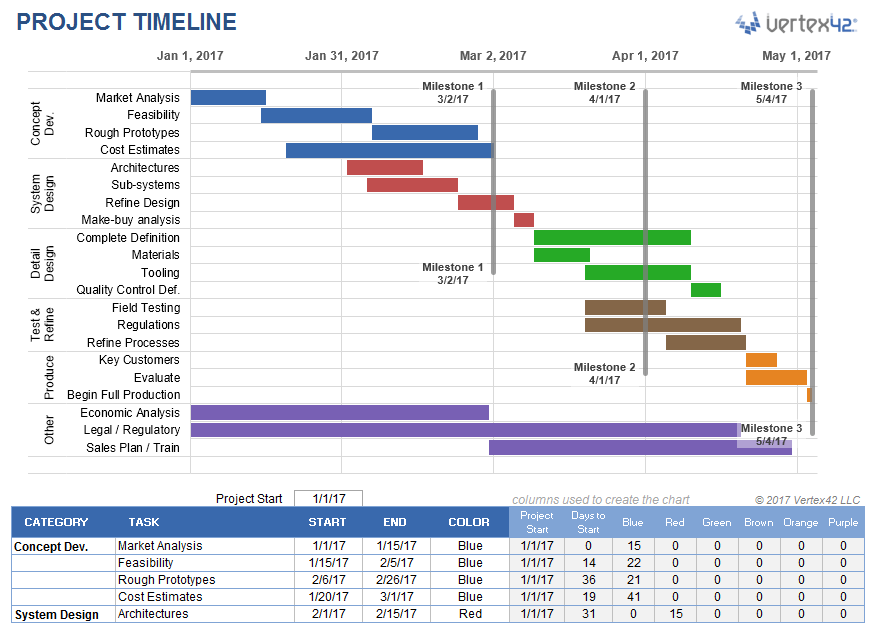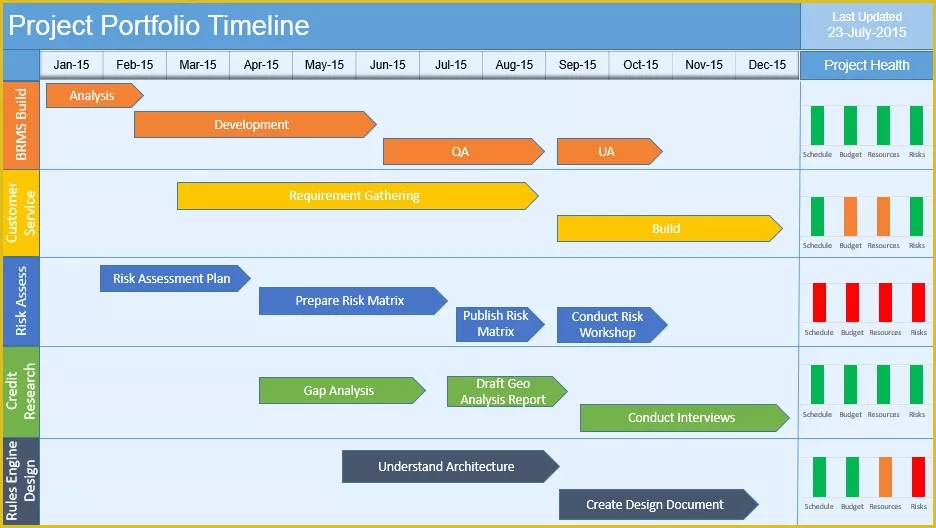
You can also control how nonworking time appears in the timescale. For example, if the top tier time unit is months, the middle tier can't be years.ģ To display the fiscal year in the timescale, select the Use Fiscal Year check box.Ĥ To display an interval of more than one unit, choose the number of units in the Count box.įor example, to display two-week intervals, click Weeks in the Units box and 2 in the Count box.ĥ To change the label format, choose a format in the Label box for example, 1st Quarter, Qtr 1, 2004, or 1Q04.Ħ Click Left, Right, or Center in the Align box to position the label in the timescale.ħ If you chose to display more than one tier, click the tabs for the other tiers and repeat Steps 2 through 6. For example, you might choose Quarters for the top tier if your organization's financial performance depends on this project.Ĭaution The time unit in a lower tier must be shorter than the unit for the tier above it. To set the options for each timescale tier, follow these steps:ġ In the Timescale dialog box, click the tab for the timescale tier you want to customize.Ģ In the Units box, specify the time unit you want to display for the current tier. Customize the time periods that appear in a Gantt Chart, Task Usage, or Resource Graph view.Ĥ To change the width of the timescale columns, click a percentage in the Size box.ĥ Select the Scale Separator check box to draw lines between each timescale tier. Show list under Timescale Options, click the number of tiers you want to display (one, two, or three). The Middle Tier tab is displayed by default. The Timescale dialog box appears.ģ The Timescale dialog box has four tabs (see Figure 25-12): Top Tier, Middle Tier, Bottom Tier, and Non-Working Time. To set the options for one or more tiers in the timescale, do the following:ġ Display a view that contains a timescale, such as Gantt Chart, Task Usage, or Resource Graph.Ģ Right-click the timescale heading and then click Timescale on the shortcut menu. Your timescale customizations appear each time you display that view. In addition, you can choose how many timescales you want to use as well as the width of each period in the timescale.Ĭhanges you make to the timescale apply only to the active view, but those changes become a permanent part of that view definition. You can also display a calendar or fiscal year. For each timescale, you can customize the units, the labels for time periods, and the label alignment.




You can display up to three timescales in a view. The timescale is a prominent feature in many Microsoft Project views, such as Gantt chart and usage views.


 0 kommentar(er)
0 kommentar(er)
